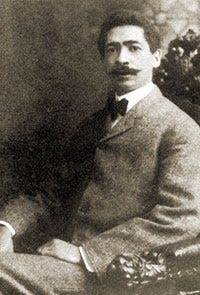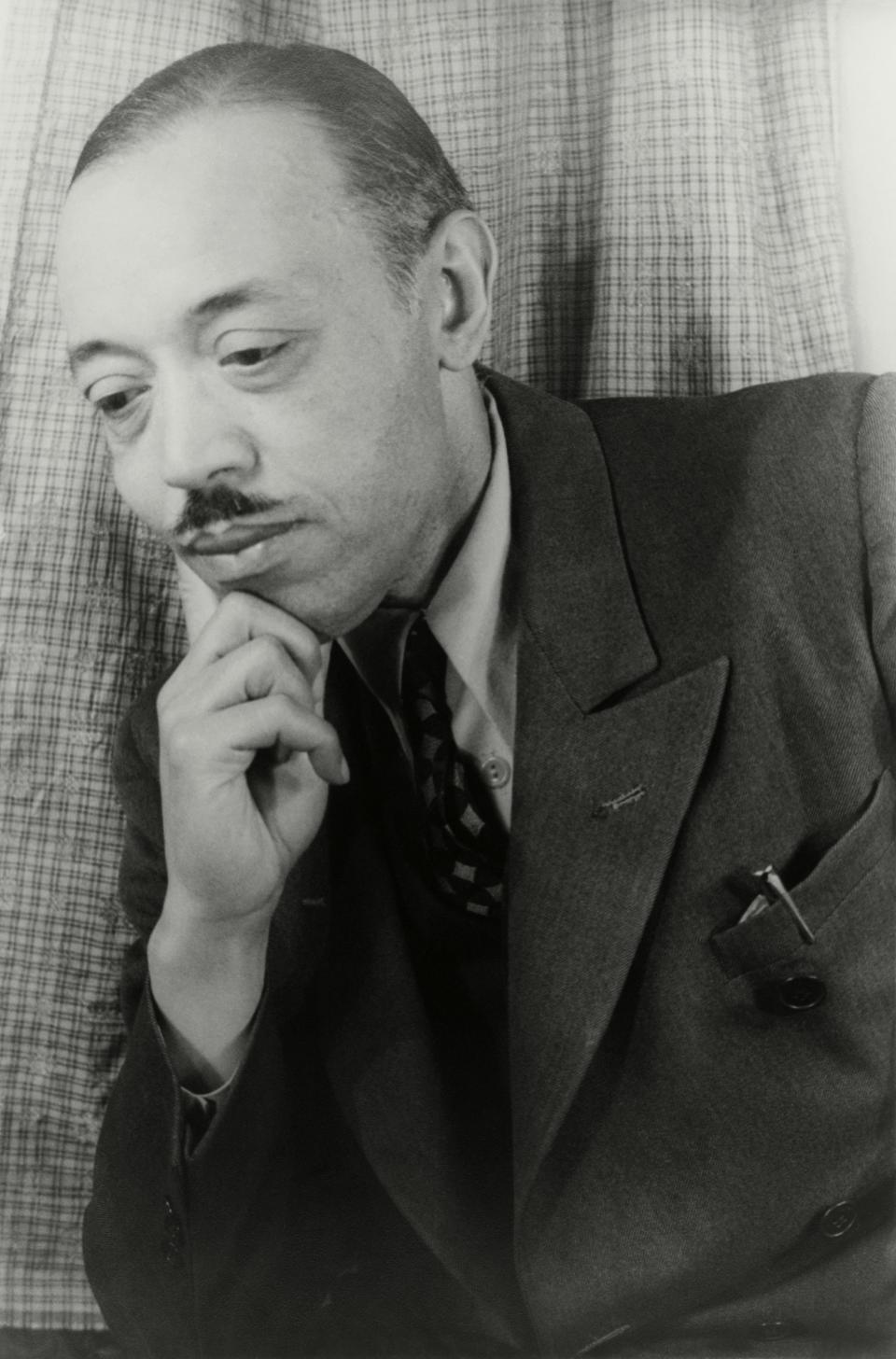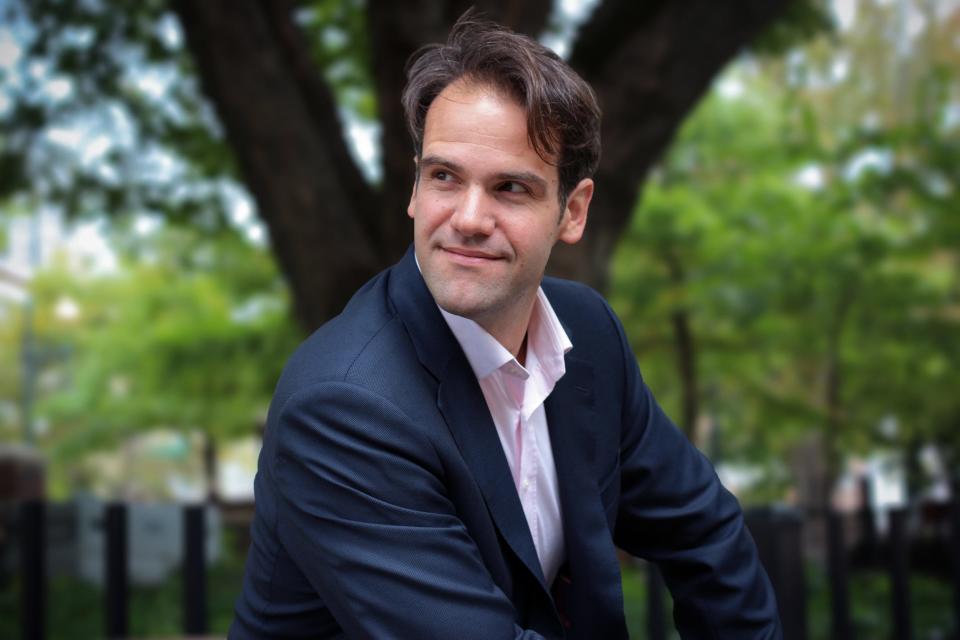Savannah Philharmonic explores African-American composers along with Brahms Second Symphony
- Oops!Something went wrong.Please try again later.
The Savannah Philharmonic is kicking off the new season with a concert full of joy, drama, and dance, led by guest conductor Darko Butorac.
Butorac is currently the music director of the Tallahassee Symphony Orchestra and the Asheville Symphony. He is an in-demand conductor in both Europe and the U.S. and has been praised by the Westdeutsche Zeitung for his “exceptional combination of passion, elegance and well- timed pacing.”
“The symphony was interested in having a program that really celebrated the beginning of the season, so one filled with joy and really positive energy,” said Butorac of working with the Savannah Philharmonic. “We worked together to find pieces that would go with that narrative and have a real diversity across the spectrum, the kind things unexpected to be paired together.”
Recent Phil concerts: Savannah Philharmonic's Phil the Park brings music, picnic competition back to Forsyth Park
Column: Kudos to the Savannah Philharmonic for bringing music to the people with new concert season
Savannah Philharmonic leaders: Next concert season will be 'truly something for everyone'
The program includes the beloved Brahms Second Symphony, as well as works by two African-American composers that Butaroc is passionate about — Overture to “In Dahomey” by William Marion Cook, and “Danzas de Panama” by William Grant Still.

“This is something that is personally very important to me,” Butaroc said of performing music by African-American composers. “The work, ‘In Dahomey,’ is actually a very important one in the history of African-American contribution to the symphonic world, because it is an overture from the first musical written and performed by Black musicians on Broadway.”
“In Dahomey” was only printed in the United Kingdom in 1903, but it was very popular overseas, and William Marion Cook was even granted an audience with the King of England. While “In Dahomey” was never published other than in a piano reduction, Butorac recreated the overture for a full orchestra.
“It was one of my projects last year when we had more time on our hands,” said Butaroc. “I’m really excited to present it to the public because it’s deeply rooted in ragtime, it’s a fun piece of orchestral music, beautiful writing, and one that is sadly not well known. It’s my personal mission to bring it back to concert halls.”
William Grant Still, was the first fully established Black composer in America. In fact, his First Symphony was the most performed piece of American classical music in the mid-century.

Still was inspired to compose “Danzas de Panama” when he was introduced to folk music from Panama by an ethnomusicologist friend. Still drew from the colorful sounds coming out of Panama and gave the music a treatment for a string orchestra.
“Panama, just by it’s geographical location,...it’s a hub of trade, a place where cultures meet and cross, so the four movements that he chooses are basically inspired not just by traditional European treatment of a string orchestra, but by African influences that were brought there by the slave trade in the Caribbean, and also Spanish influences, and local native tribes that existed before the arrival of Europeans,” explained Butorac.
Unplugged: Does Savannah have an 'entertainment district'? If not, what about Broughton Street?
“It’s a really beautiful, short, fun piece and the string instruments are a challenge to create an atmosphere that goes beyond a string instrument. When we think of these dances they’re based on percussion, guitar, folk instruments, so he uses the traditional instruments to create that spirit. I think it’s a beautiful, successful piece and it’s a joyful opener to the entire concert.”
Brahms Second Symphony is, of course, a staple of symphony orchestras.
“It’s one of the symphonies I’ve probably performed most during my career, so I’m really excited to go back to it,” said Butorac. “There’s a great anecdote with Brahms. He was an established musician who was trying to write symphonies on the heels of Beethoven, Mozart, Schumann, and he was daunted by this prospect. It took him 21 years to write his first symphony. Then it took four weeks to write the second symphony. Once he got over the hurdle, the flood gates just opened.”
Brahms Second Symphony evokes a range of emotions, but especially a feeling of joy.

“This is really one of his most positive and joyful works,” said Butorac. “It was composed during the summer. He went to a lake retreat in the Alps and I think, as such, it has a very pastoral quality of connecting to nature. I would describe the piece as really ranging the same way we feel when we are outside in good weather and then a cloud comes, and a storm might come, but then the good weather returns. In some ways, that pastoral element to the work also reflects the nature of human life. I love that about it. It’s incredibly effective, it’s truly a masterwork, and a joy for the orchestra to perform. It’s one of those pieces that draws the best out of performers.”
Many listeners may recognize Brahm’s famous lullaby melody appear in the symphony briefly as a motif, but don’t expect to be lulled to sleep by this uplifting performance.
What: Savannah Philharmonic: Brahms Second Symphony
When: Saturday, Nov. 12 from 7:30-9 p.m.
Where: The Lucas Theatre for the Performing Arts, 32 Abercorn St.
Cost: $25-69
Info: savannahphilharmonic.org
This article originally appeared on Savannah Morning News: Savannah GA concerts: Savannah Philharmonic with Brahms 2nd Symphony

